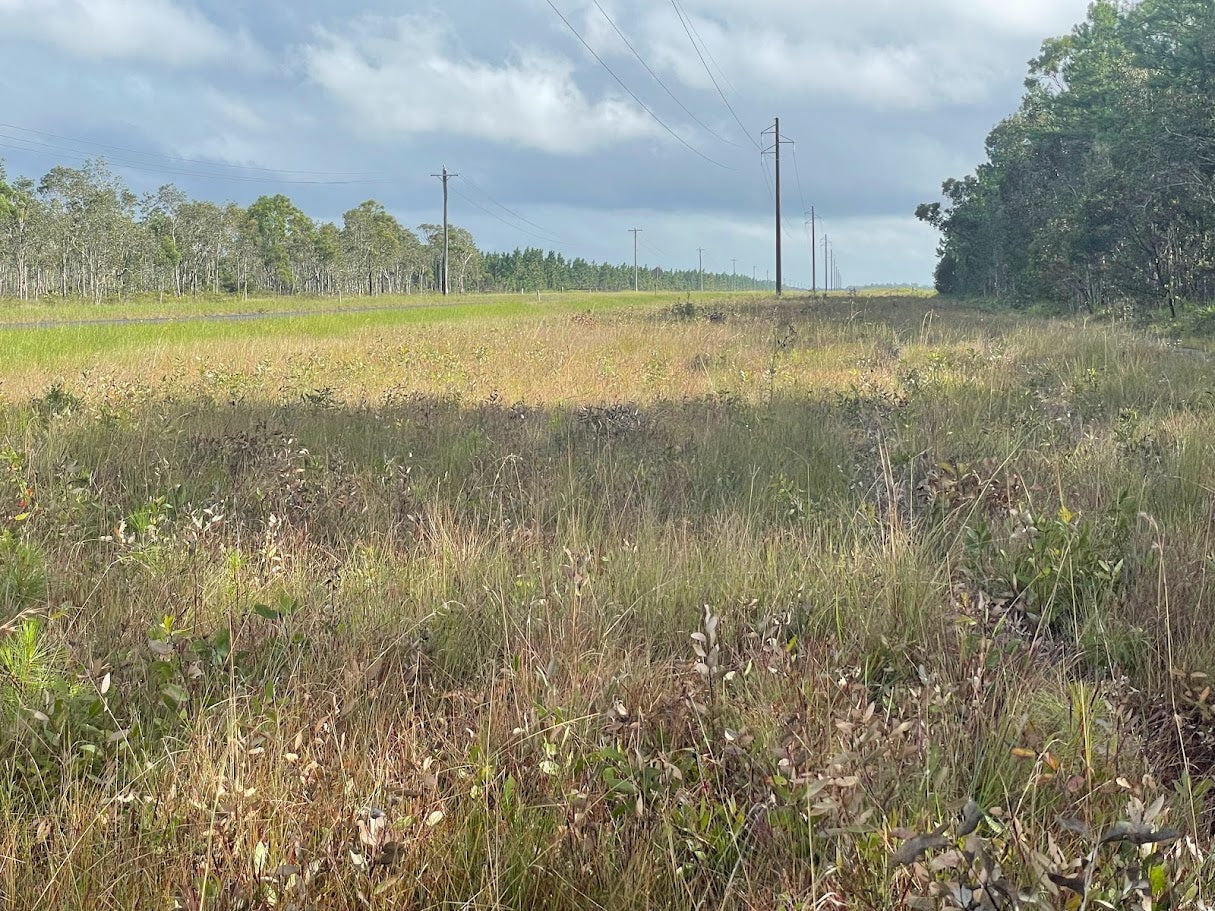
Towards Modern Vegetation Management: Solutions for Australia’s Linear Infrastructure
Understanding the Changing Vegetation Challenge
Vegetation management across Australia’s linear infrastructure corridors is becoming increasingly complex. Roads, rail corridors, gas pipelines, electrical easements, firebreak networks and renewable-energy sites all face pressure from undesirable and hard-to-manage vegetation. Traditional approaches built around mechanical intervention supported by glyphosate-intensive knockdown programs deliver a temporary solution but only provide short-term reductions in biomass. They do not influence the conditions that allow vegetation to re-establish.
Australian research studies over the past decade have shown consistent patterns in how vegetation behaves after intervention. Undesirable vegetation with strong recovery traits quickly regains dominance after treatment. In ecological terms, the repeated disturbance created by mechanical or chemical activity opens space for harder-to-manage species to increase. Easier-to-manage vegetation declines, leaving corridors dominated by species that tolerate repeated intervention, respond aggressively to disturbance and become progressively more difficult and costly to control.
Across different climatic regions—tropical, temperate and arid—the vegetation types differ, but the underlying behaviour remains consistent: intervention without strategy accelerates the dominance of the species least suited to long-term corridor stability.

Why Traditional Programs Fall Short
Mechanical intervention and glyphosate-intensive knockdown programs are reactive by nature. They temporarily reduce biomass but do not influence seedbank behaviour, growth cycles or competitive pressure. Over time, these programs change the species composition of a corridor. Softer vegetation is steadily removed, while species that tolerate repeated glyphosate use increase. This is a recognised pathway to herbicide resistance across linear infrastructure.
As this shift occurs, vegetation becomes harder to kill, more competitive and more expensive to manage. At this stage, even the knockdown program must be escalated or adjusted to maintain effectiveness. Instead of creating stability, these programs shorten the time between interventions, increase operational pressure and elevate risk where access, fuel load and safety margins are critical.
These patterns occur consistently across all infrastructure types—transport, utilities, energy generation, renewables and fire management zones. Without redesigning the program, the outcome does not improve.
Integrated Vegetation Management: A More Effective Pathway
Integrated vegetation management offers long-term solutions rather than short-term suppression. These programs combine multiple tools, each addressing different components of vegetation behaviour. Selective herbicides, pre-emergent chemistry, growth-regulation tools, species-transition strategies and targeted intervention work together to reduce future pressure, stabilise vegetation and build predictable program cycles.
A recent Australian utility corridor program demonstrated the impact of this approach. After shifting from repeated knockdown treatments to an integrated program, intervention frequency reduced significantly, vegetation quality improved and the program delivered safer and more stable access conditions. While vegetation types and climates vary nationally, similar outcomes have been achieved on roadside networks, pipeline easements, rail formations, renewable-energy sites and firebreaks when the same principles are applied.

Education, Capability and Application Fundamentals
Many vegetation-management failures are not caused by resistance alone but by application fundamentals. Water hardness, alkalinity, mixing order, compatibility, spray technique, droplet size and incorrect rates all influence program performance. Improving these fundamentals can deliver significant gains without increasing cost.
Capability uplift across crews, contractors and asset managers is essential. Identifying vegetation correctly, diagnosing underlying issues, selecting the right tools and applying treatments accurately are critical skills that determine program success. A trained workforce delivers more consistent outcomes and reduces risk.

Asset Inspection: The Engine Room of Program Design
Integrated programs must be tailored to individual sites. Species composition, access constraints, service-level requirements, environmental overlays and legislative obligations all influence what a vegetation solution must deliver. Thorough inspection and assessment provide the information needed to design programs that meet contractual, environmental and operational requirements while ensuring safe and sustainable outcomes.
Modern outcome-based contracts increasingly rely on detailed inspections to set expectations around vegetation height, density, species composition and risk triggers. IVM aligns naturally with these contracting models by providing predictable, measurable outcomes.
A National Direction for Vegetation Management
Australia’s vegetation-management industry now has the research, tools and field experience to move beyond reactive, short-cycle programs. The opportunity is to apply evidence-based integrated vegetation management consistently across all linear infrastructure corridors. By combining modern tools, correct application practice and skilled program delivery, asset owners can implement vegetation solutions that are proactive, sustainable and capable of delivering long-term outcomes that support the operational needs of every type of linear infrastructure.
Additional content
VIEW GWS' ADDITIONAL CONTENT TO LEARN MORE ABOUT THE WEED INDUSTRY

Towards Modern Vegetation Management: Solutions for Australia’s Linear Infrastructure
Understanding the Changing Vegetation Challenge Vegetation management across Australia’s linear infrastructure corridors is becoming increasingly complex. Roads, rail corridors, gas pipelines, elec...
Read more
Case Study: Parthenium Weed Hygiene
Introduction: The Necessity of Weed Hygiene Management Australia’s vast expanses and diverse land uses, from grazing pastures and cropping zones to natural bushland and urban corridors are u...
Read more
The Critical Role of Weed Hygiene in Effective Weed Management
Weed hygiene management is a cornerstone of effective biosecurity and sustainable land use in Queensland. The unchecked movement of soil, vehicles, stock, and equipment can inadvertently spread inv...
Read more
